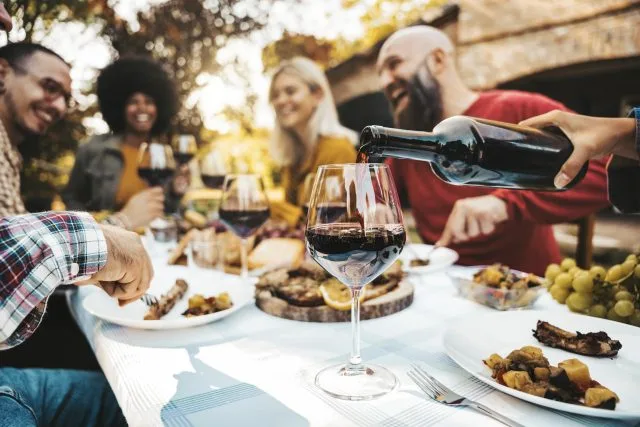Sparkling wines reign supreme around holidays and the undisputed benchmark of the category is, of course, Champagne.
When looking for that special bottle to cap off a toast, look no further than vintage Champagne.
Made in only the best years from grapes all harvested within the same vintage year, these bottlings, which are also known as millésimé in French, provide a unique snapshot of time and place that cannot be found in nonvintage bottles.
“When the region declares a vintage and celebrates the creation of such a cuvée, it’s a statement showing the character of that year,” says Wine Enthusiast Tasting Director Anna-Christina Cabrales. “Generally, Champagne is made from multiple vintages; to say it’s coming from that year, it’s illustrating the perfection.”
Vintage Champagne also shows more depth and complexity than its nonvintage counterpart thanks to its extending aging on the lees in the bottle. By law, there is a three-year minimum for vintage offerings; however, many producers opt to go well beyond that mark, delivering rich, textural wines with toasty, nutty flavors.
This is part of why vintage Champagne costs more than its nonvintage counterparts in many cases. And, even in declared vintage years, the production of vintage bottles is very limited. “Producers will still create the house Champagne style of multiple vintage: vintage wines are just a proportion of what they will make,” says Cabrales. “Vintage Champagne is just a small percentage of total production for the region.”
If you have cash to throw down and can
This Article was originally published on Wine Enthusiast







